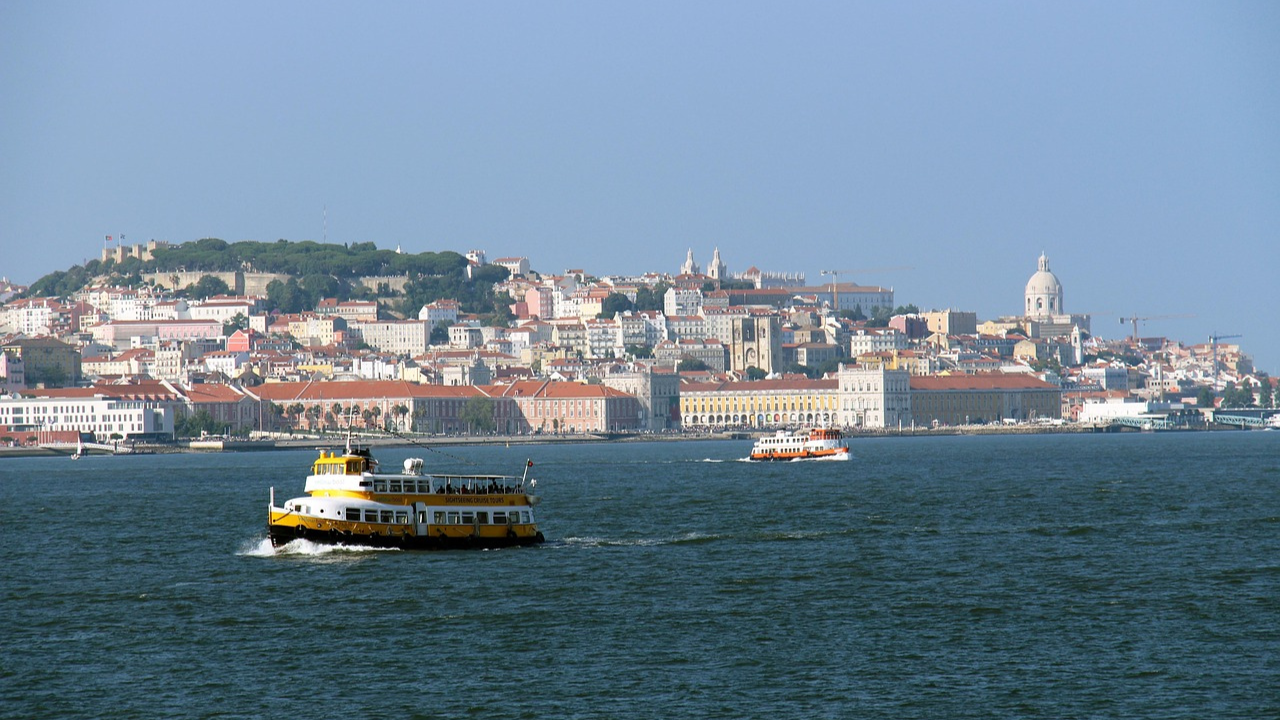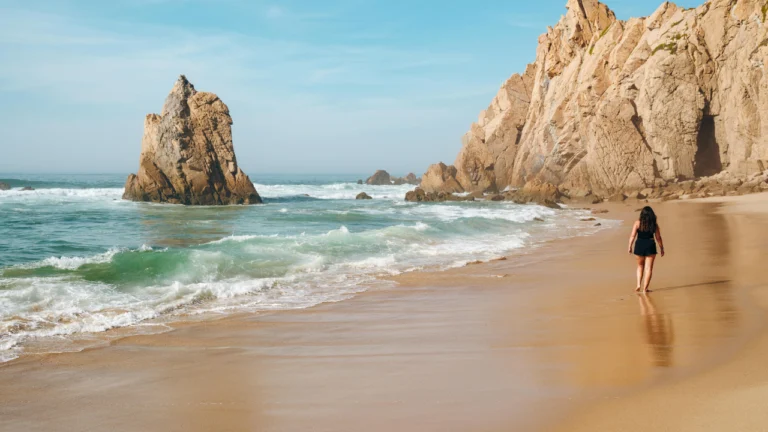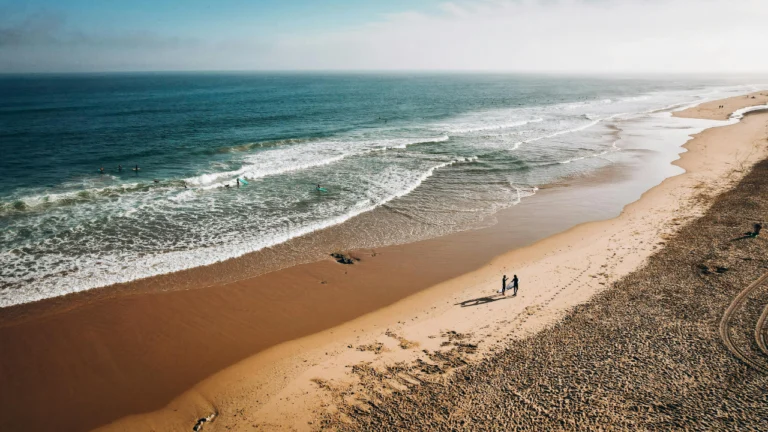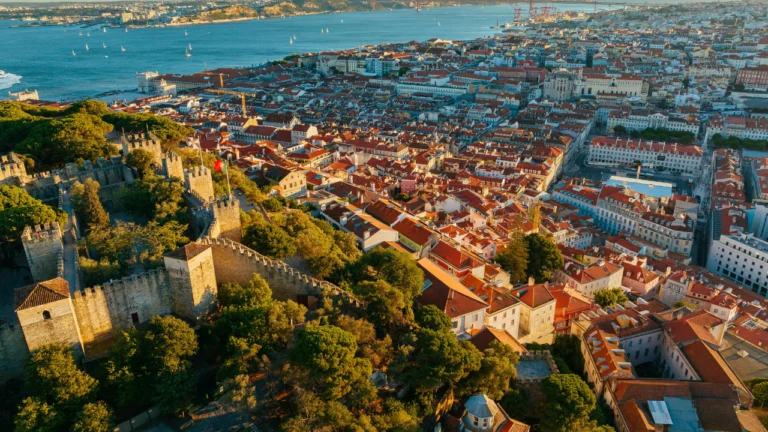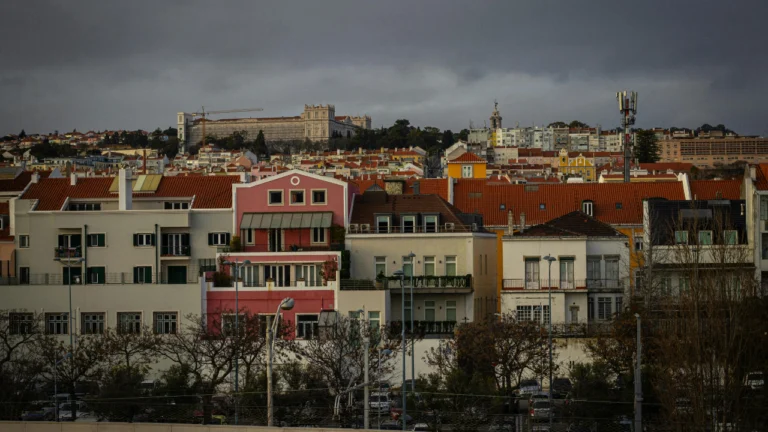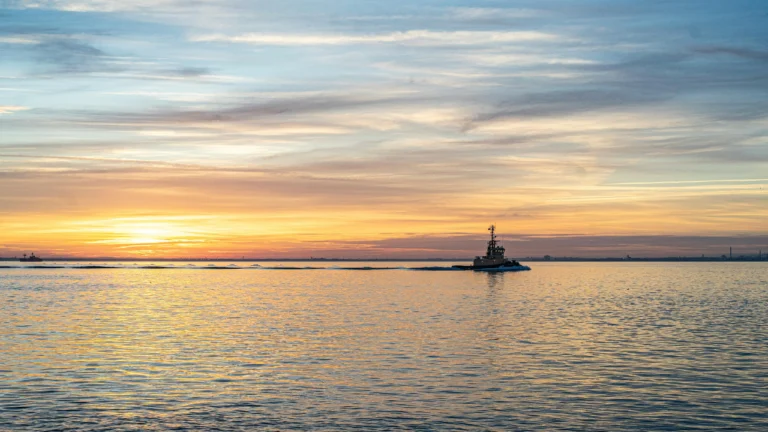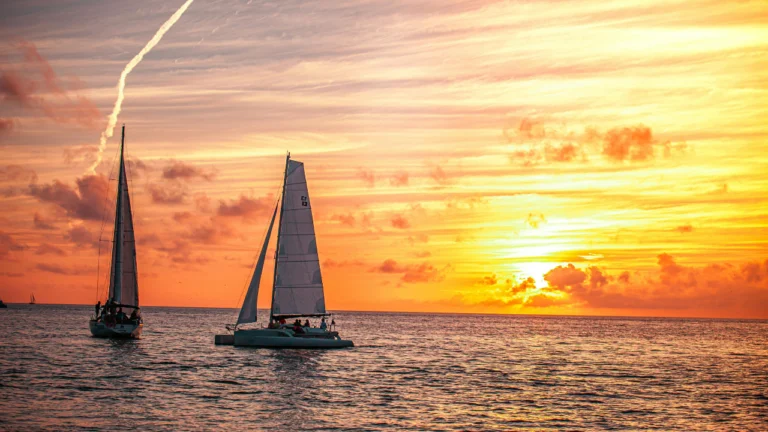Lisbon Boat Tours History The Best Way to Explore
Last updated on September 13, 2025 at 15:58:28
Picture this: I’m standing on Cais das Colunas with eight-year-old Lena, watching the morning boats prepare for another day of tourist runs, when she drops this gem: “Dad, if Portuguese sailors were basically pirates who got lucky, why don’t their descendants run these boats?” Honestly, kids ask the best questions. And after living between Brighton and Lisbon for three years, I reckon I’ve finally got a decent answer for her and it starts with the fascinating Lisbon boat tours history that shaped the city’s waterfront life.
The truth about Lisbon’s boat tours stretches back further than most guidebooks admit. We’re not just talking about some boats that ferry tourists about – we’re witnessing the final chapter of what might be humanity’s most audacious maritime gamble. Grab a coffee (or a sagres if it’s past noon), because this gets wonderfully strange.
The Madness on These Docks Lisbon Boat Tours History
In 1487, Bartolomeu Dias left from roughly where the Electricity Museum now stands, carrying enough supplies for sixteen months at sea. His mission? Find the bottom of Africa. Not metaphorically – literally nobody knew if Africa ended or just kept going forever. The man packed 60 tonnes of supplies and basically said “let’s find out, shall we?” Absolute nutter, but he did it.
By 1510, Lisbon’s port handled more international cargo than London, Venice, and Amsterdam combined. The Portuguese controlled 27 major trading posts from Brazil to Japan. All coordinated from a building that’s now a mediocre restaurant in Belém (yes, the one with the overpriced grilled fish – you know the one).
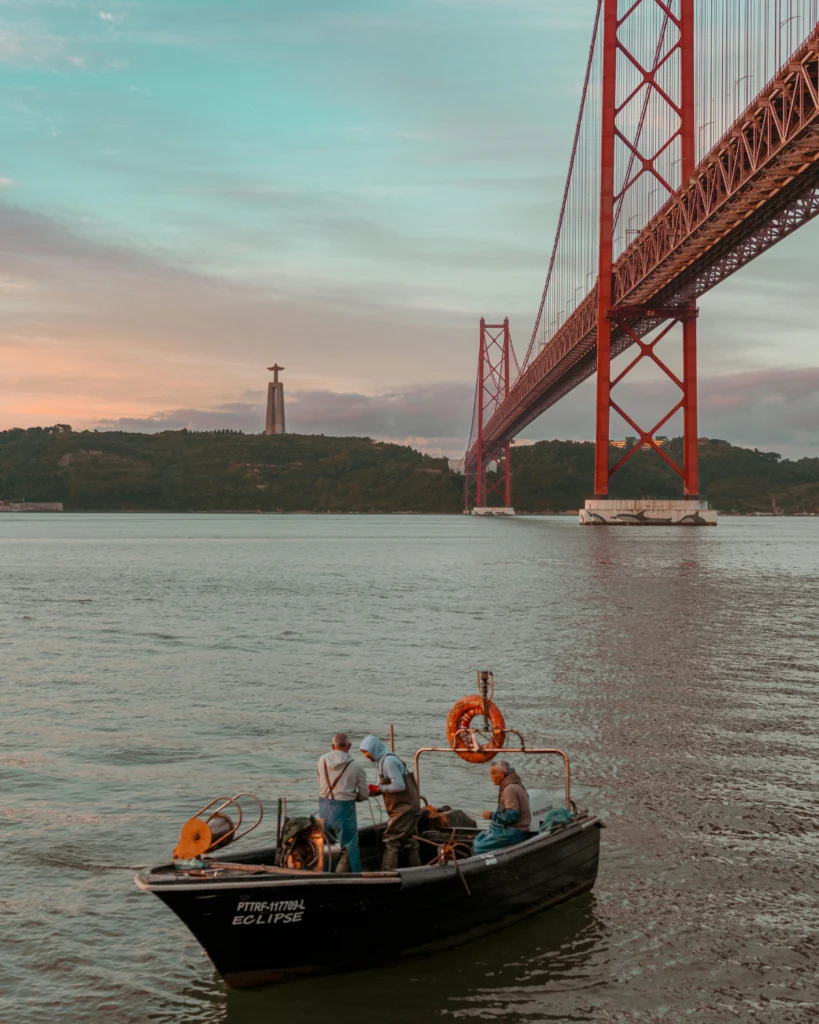
The Numbers That Made Medieval Accountants Weep:
- 1506: 4.8 million cruzados flowing through Lisbon annually (twice England’s entire GDP)
- Average caravel crew: 45 men (12% survival rate for India runs)
- Time to build one caravel: 8 months with 200 workers
- Portuguese words that entered English from this era: 238 (including “marmalade” – you’re welcome, Britain)
How Warriors of the Sea Became Tour Guides
The transformation didn’t happen overnight. After the 1755 earthquake (imagine the Thames suddenly reversing direction whilst London collapsed – that level of catastrophe), Lisbon had to completely reimagine itself. The old maritime families, the ones whose grandfathers had captained expeditions to Goa, found themselves running fishing boats. Talk about a career pivot.
My Portuguese neighbour, Senhora Conceição, tells me her great-great-grandfather was one of these transitional figures. In 1889, he started taking English visitors to see the Belém Tower for “donations.” No fixed price, no schedule, just “fancy seeing where Vasco da Gama prayed before discovering the sea route to India?” Brilliant business model, really.
| Period | Boat Purpose | Daily Passengers | Main Attraction |
|---|---|---|---|
| 1500-1600 | Global trade empire | N/A (cargo focus) | Spices worth more than gold |
| 1890-1930 | Informal tourist rides | 20-50 | “See where explorers departed” |
| 1950-1980 | Organised tours begin | 200-400 | Bridge views, monument visits |
| 2000-2024 | Multi-experience industry | 5,000-7,000 | Sunset cruises, parties, history tours |
What Nobody Tells You About Today’s Tours
After dragging my family on what Theo calls “Dad’s boring boat obsession” (harsh but fair), I’ve discovered the modern boat tour industry splits into three distinct categories that mirror Lisbon’s historical periods.
The Nostalgia Merchants: These operate replica caravels and traditional vessels. Sixty euros gets you two hours of pretending it’s 1498. The boats are beautiful, the history surprisingly accurate, but watching German tourists in socks-and-sandals roleplay as conquistadors is… something.
The Party Armada: Young Portuguese entrepreneurs have created floating nightclubs. Nothing says “respect maritime heritage” like techno music bouncing off Belém Tower at midnight. Weirdly popular with hen parties from Manchester.
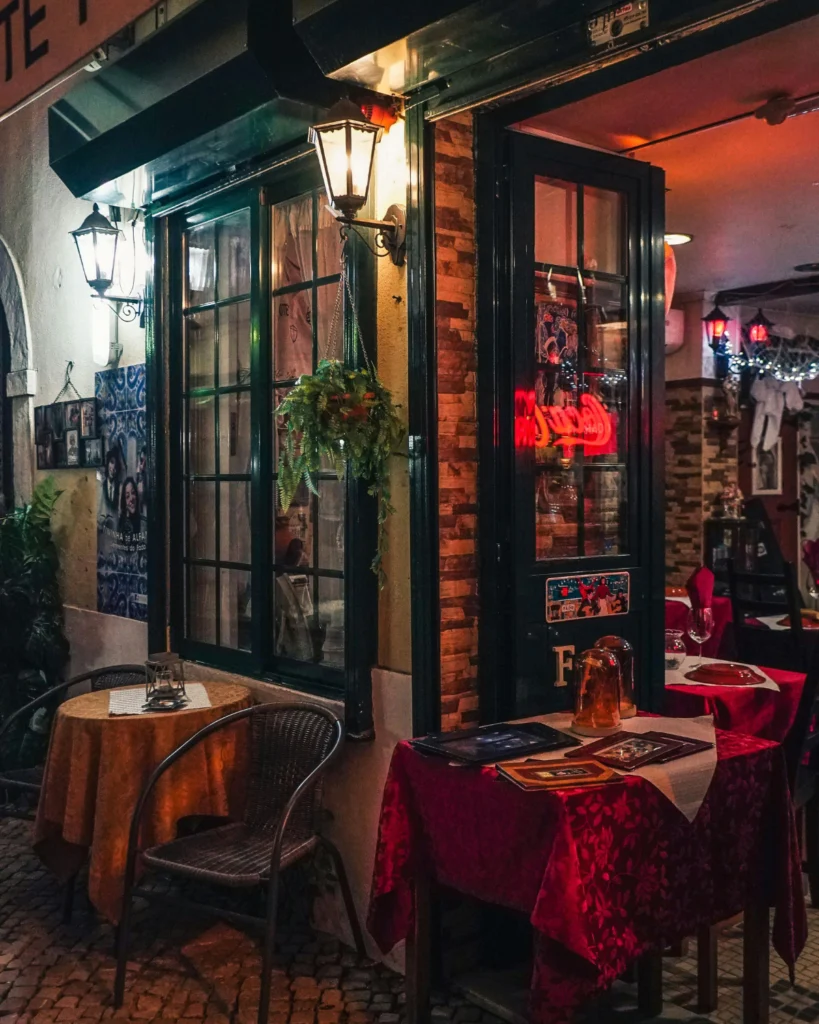
The Genuine Articles: Small operators, often family-run, using boats inherited from fishing grandparents. These are gold. João from Doca do Bom Sucesso charges 25 euros, includes homemade ginjinha, and knows every stone along the riverbank. His grandfather worked the sardine boats; his stories are worth triple the price.
Practical Intelligence for Your Lisbon Boat Adventure
Listen, I’ve made every mistake possible. Booked the wrong boat, wrong time, wrong season. So here’s what actually works:
Timing Is Everything:
April mornings: River calm, tourists scarce, light perfect. The 10am departure sees 40% fewer people than noon.
September evenings: Still warm, prices drop 30%, sunset at 7:45pm creates ridiculous photo opportunities.
Never Saturdays in July: Unless you enjoy recreating sardine-tin conditions with sweaty strangers.
Money-Saving Reality Check:
The Transtejo ferry to Cacilhas costs €1.35. Same river, same views, fraction of the price. The only difference? No microphone commentary about Prince Henry. Buy a guidebook for €10 and narrate it yourself – Lena thinks I’m David Attenborough now.
For proper tours, advance online booking saves 20-25%. The ticket offices at Terreiro do Paço add “convenience fees” that would make Ryanair blush.
Why Lisbon Boat Tours History Makes Everything Better
When you understand that today’s tourist boats literally follow routes mapped by explorers who thought sea monsters were legitimate navigation hazards, the whole experience shifts. That yellow boat playing “Despacito” on repeat? It’s crossing waters where fortunes were made, empires built, and the modern world essentially invented.
Every sunset cruise passes the exact spot where, in July 1497, Vasco da Gama’s crew said goodbye to families they’d likely never see again. Twenty-seven months later, two ships returned with proof that sailing to India was possible. The surviving crew became instant celebrities. The dead (two-thirds of them) became statistics.
Today, we complain if the boat’s Wi-Fi doesn’t work.
Right then, your turn. What’s your most memorable boat experience in Lisbon? Found a family-run operation that serves incredible seafood between monuments? Or discovered a riverside restaurant where locals actually eat? Share below – I’m building a proper database of non-tourist-trap experiences, and Theo’s determined we try every boat that serves pastéis de nata onboard!
FAQs Lisbon boat tours history
What is the history behind Lisbon boat tours?
Discover how Lisbon’s waterfront and riverside tours evolved from centuries of maritime trade.
How long have boat tours been in Lisbon?
Lisbon boat tours date back to the city’s seafaring era, offering sightseeing since the early 20th century.
Why are Lisbon boat tours historically significant?
They showcase Portugal’s naval heritage, from explorers and pirates to modern tourism along the Tagus River.

